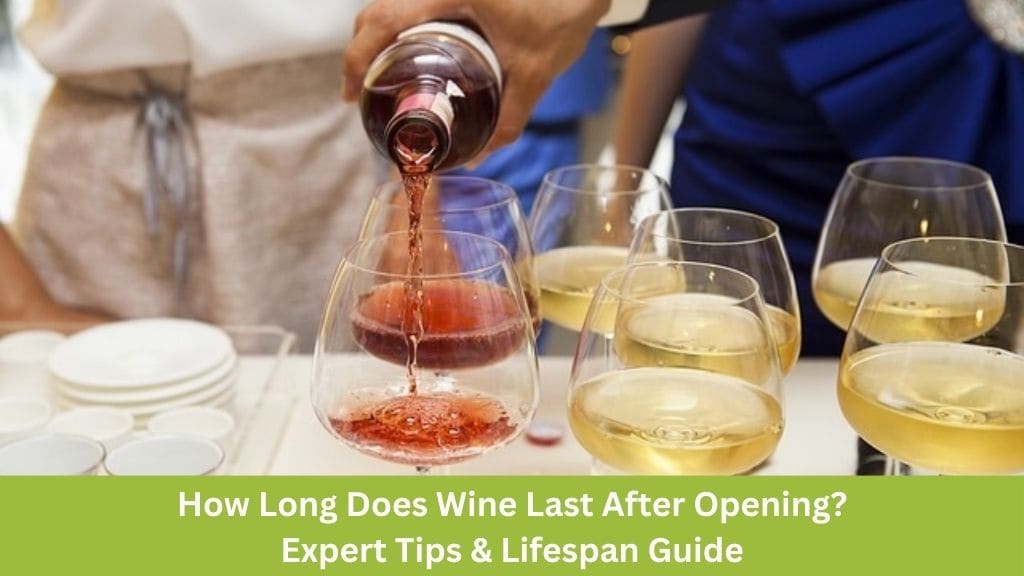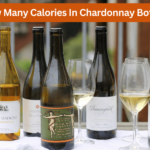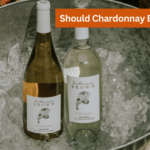In the world of oenophiles, the pleasure of uncorking a fine bottle of wine is unparalleled. However, once the seal is broken, a countdown begins. How long can you savor the flavors before they dissipate into the ether? This article delves into the science and art of preserving wine post-opening, offering insights into the lifespan of various types of wine and best practices for storage.
Factors Affecting Wine Longevity
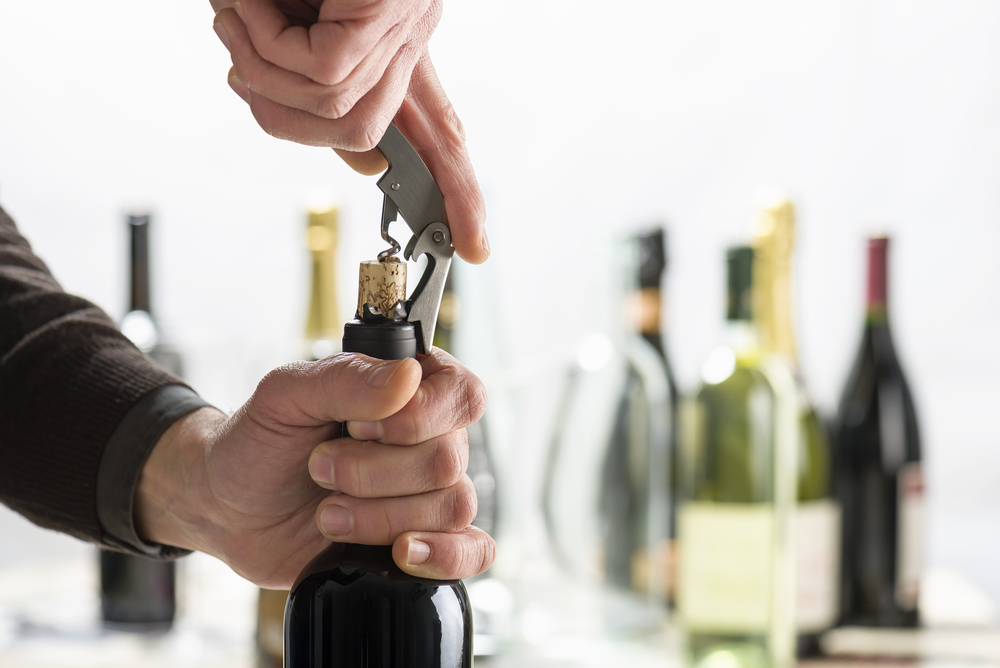
Wine, a delicate concoction of alcohol, acids, sugars, and phenolic compounds, undergoes rapid chemical changes upon exposure to oxygen. This process, known as oxidation, is inevitable once the bottle is uncorked. Oxygen interacts with the wine, altering its flavor, aroma, and appearance over time.
- Wine Type: Different types of wine exhibit varying levels of resilience to oxidation. Reds typically last longer than whites due to their higher tannin and acidity content.
- Storage Conditions: Temperature, humidity, and exposure to light significantly impact wine degradation. Proper storage can slow down the oxidation process, prolonging the wine’s lifespan.
- Closure Type: The type of closure used, whether cork or screw cap, can influence the rate of oxidation. Cork closures allow for minimal oxygen ingress, whereas screw caps provide a tighter seal.
Lifespan of Different Wine Varieties
Red Wine
Red wine, revered for its robust flavors and aging potential, can withstand oxidation better than its white counterparts. However, the lifespan of opened red wine varies depending on factors such as tannin levels and storage conditions.
- Light Reds: Wines like Pinot Noir and Gamay typically last 2 to 3 days post-opening.
- Medium Reds: Varieties such as Merlot and Sangiovese may maintain their quality for 2 to 5 days.
- Full-bodied Reds: Tannin-rich wines like Cabernet Sauvignon and Syrah can remain palatable for 4 to 6 days.
White Wine
White wine, cherished for its crispness and fruit-forward notes, is more susceptible to oxidation due to lower tannin levels. However, proper storage can extend its shelf life post-opening.
- Light-bodied Whites: Varieties such as Sauvignon Blanc and Pinot Grigio typically last 3 to 5 days.
- Full-bodied Whites: Wines like Chardonnay and Viognier may maintain their freshness for a similar duration.
Sparkling Wine
Sparkling wine, renowned for its effervescence and celebratory appeal, has a fleeting lifespan once opened. Unlike still wines, sparkling varieties lose their carbonation rapidly upon exposure to air.
- Champagne & Prosecco: Best consumed immediately after opening to preserve the bubbles and freshness.
Rosé Wine
Rosé wine, known for its delicate hue and refreshing character, falls somewhere between red and white in terms of longevity. Proper storage can help prolong its vibrancy post-opening.
- Storage: Rosé should be refrigerated and sealed with a stopper, cork, or screw cap to preserve its flavor for up to 3 days, with some varieties lasting up to 5 days.
Dessert Wine
Dessert wines, prized for their sweetness and complexity, have a longer post-opening lifespan due to their higher sugar content. Certain varieties, like Sherry and Port, can endure for weeks after uncorking.
- Sherry: Can last 2 weeks to 3 months thanks to the oxidation process.
- Port: Retains quality for 4 to 6 weeks post-opening.
Best Practices for Wine Storage
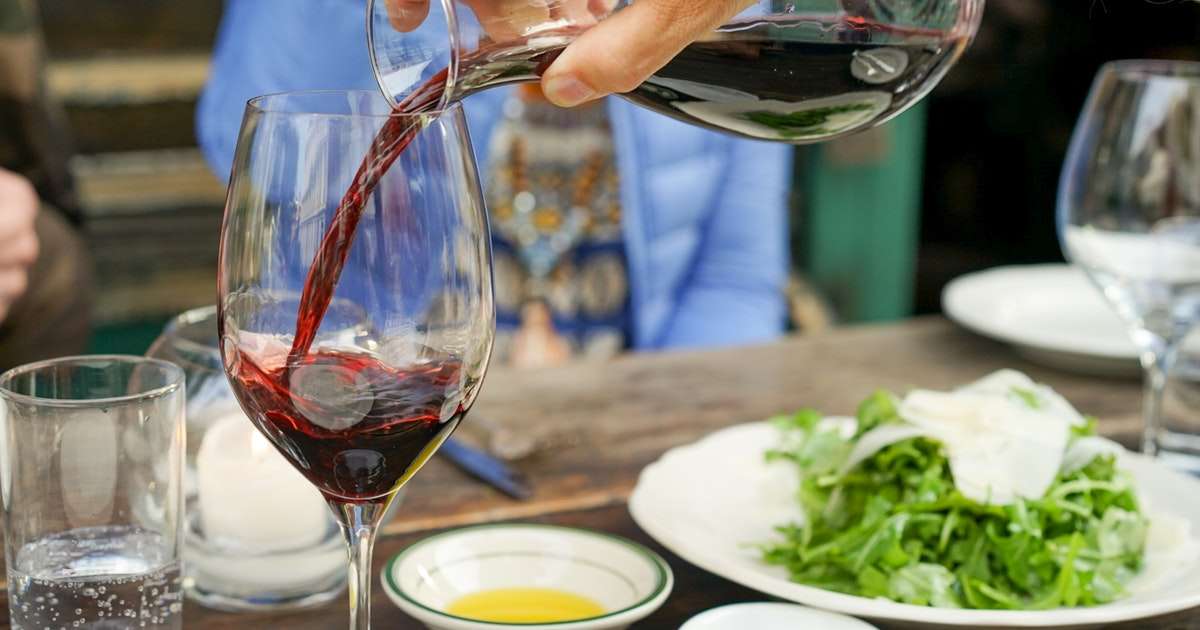
To maximize the longevity of opened wine and preserve its quality, follow these storage guidelines:
Re-corking
- Use the same cork: Insert the cork halfway into the bottle, utilizing the side previously exposed to the wine.
- Wine stoppers: Alternatively, use reusable wine stoppers to seal the bottle securely.
Avoiding Light and Heat
- Dark storage: Keep the bottle away from direct sunlight, as UV rays can accelerate oxidation.
- Cool temperatures: Store wine at room temperature or cooler to slow down chemical reactions.
Refrigeration
- Refrigerate opened wine: Lower temperatures can retard oxidation, particularly for white and rosé wines.
- Airtight containers: Transfer leftover wine to an airtight container to minimize oxygen exposure.
Consumption Timeline
- Drink promptly: Enjoy the remainder of the wine within the recommended timeframe to prevent spoilage.
- Utilize leftovers: Leftover wine can be repurposed for cooking or cocktail-making to minimize wastage.
Precautions for Unopened Wine Storage

Even before opening the bottle, proper storage is essential to preserve wine quality and aging potential.
Light and Temperature Control
- Avoid direct sunlight: Exposure to light can degrade wine quality over time.
- Consistent conditions: Maintain a stable temperature and humidity level to prevent premature aging.
Suitability for Aging
- Research wine suitability: Not all wines benefit from aging; factors like residual sugar, tannin levels, and closure type influence aging potential.
- Invest in proper storage: Consider wine fridges or lockers for long-term aging, ensuring ideal conditions for preservation.
Conclusion
The lifespan of wine after opening is influenced by multiple factors, including wine type, storage conditions, and closure type. While proper storage techniques can prolong the enjoyment of opened wine, it’s essential to consume it within the recommended timeframe to savor its full potential. By understanding the science behind wine degradation and implementing best practices for storage, wine enthusiasts can prolong the lifespan of their favorite bottles and indulge in their oenophilic pursuits with confidence. Cheers to preserving the essence of fine wine, one uncorking at a time!
I’m Chen Mina, from Vol de Nuit, who has a special passion for bartending, especially mixing wine, beer, and cooktail. Here you will find content about alcoholic beverages, I will bring you knowledge that few people know about this drink.

